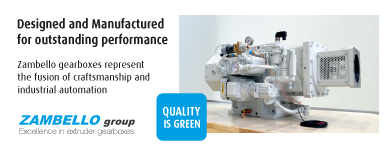EU vehicles: more recycled plastic and better recyclability

The Environment (ENVI) and Internal Market (IMCO) Committees of the European Parliament have approved the proposed measures concerning the new EU rules governing the entire lifecycle of vehicles, from design to end-of-life treatment.
The new Regulation on circularity requirements for vehicle design and the improved management of end-of-life vehicles will apply to passenger cars and light commercial vehicles one year after its entry into force (with a five-year transition period for buses, heavy-duty vehicles, trailers, motorcycles, quadricycles, mopeds, and microcars). Certain exceptions will apply, for instance, to special-purpose vehicles and vehicles of historical interest. The new rules will require the design of new vehicles to allow for the easy removal of as many parts and components as possible by authorised treatment facilities, with a view to their replacement, reuse, recycling, remanufacturing, or reconditioning, where technically feasible. According to Members of the European Parliament, manufacturers should not hinder the removal and replacement of parts and components through software updates, and their responsibility for the collection and treatment of end-of-life vehicles should be extended.
There are currently 285.6 million motor vehicles on EU roads, and approximately 6.5 million of them reach the end of their lifecycle each year. Under the new rules, the plastic used in every new vehicle must contain at least 20% recycled plastic within six years of the Regulation’s entry into force. To provide the industry with the necessary long-term perspective and unlock investment, manufacturers are also expected to meet a target of at least 25% recycled plastic content within ten years of the Regulation’s entry into force, provided that sufficient quantities of recycled plastic are available at economically viable prices.
Co-rapporteurs Jens Gieseke and Paulius Saudargas said that “the committee vote is a success: the Parliament compromise, supported by a broad majority, promotes a circular economy in the automotive sector. It advances resource security, protects the environment, and ensures sustainability. To avoid overburdening the industry, we secured feasibility with realistic targets, less red tape, and fair competition. A solid basis for the plenary vote in September."



















